Scientists uncovered a new state of matter that could lead us to many exciting new forms of quantum computing and teleportation.
Category: computing – Page 724
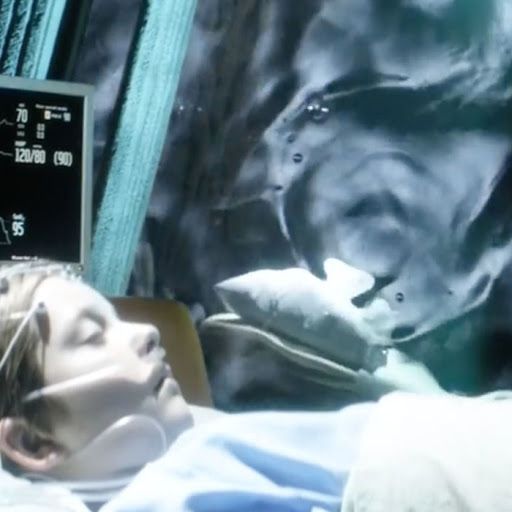
Unconscious patients can now ‘speak’ with brain-computer interface tech
When you see an unconscious patient in a movie, you sometimes see their thoughts onscreen (like in The 9th Life of Louis Drax, above) or at least hear a voiceover.
That may not entirely stay in science fiction. Adrian Owen, neuroscientist and Professor of Cognitive Neuroscience and Imaging at the University of Western Ontario, Canada, and his research team are using brain-computer interfaces with advanced technology to get answers directly from people who can’t answer for themselves any other way. Any critical decisions for patients unable to communicate are usually made for them.
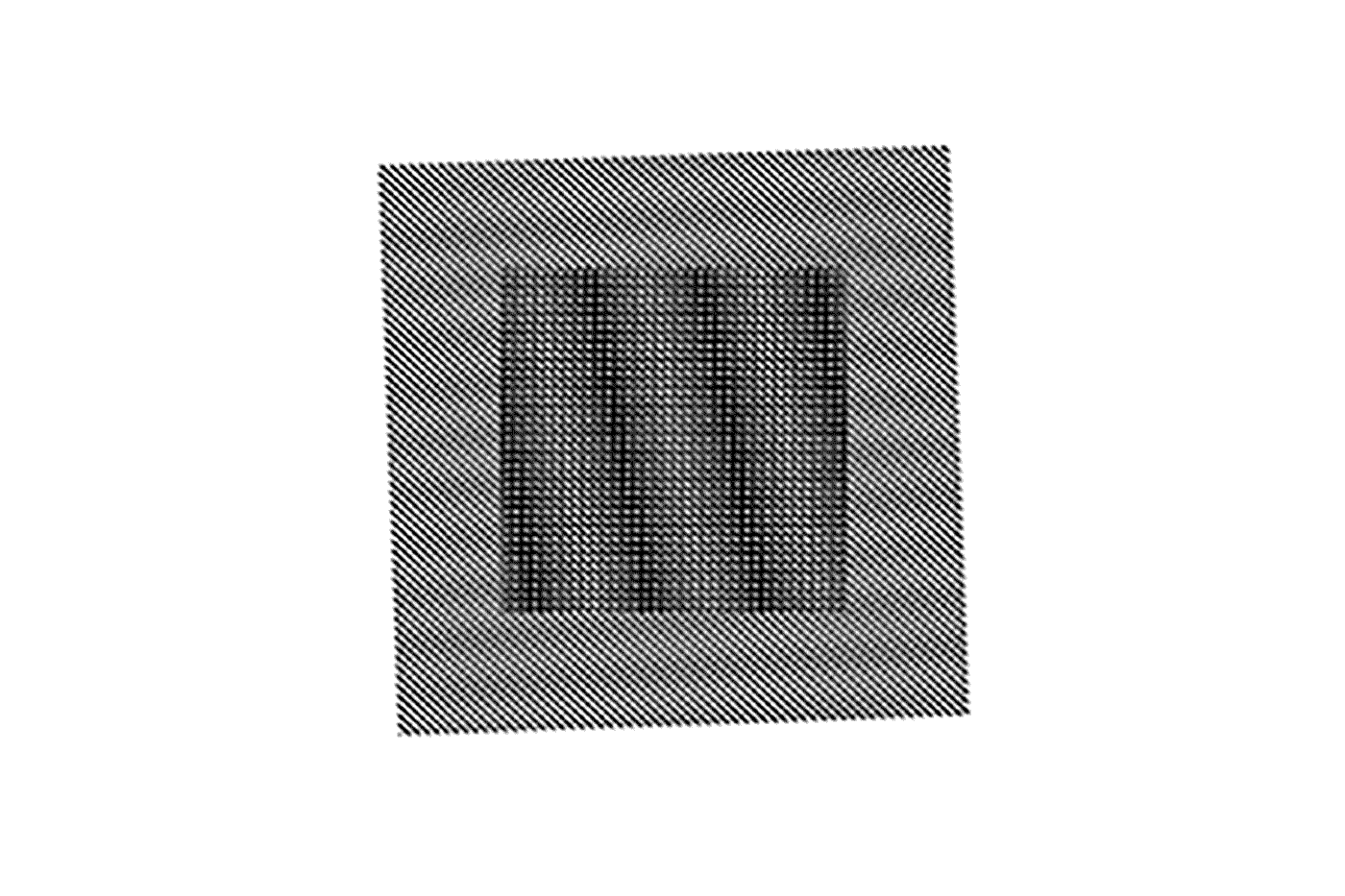
Physicists may have accidentally discovered a new state of matter
Humans have been studying electric charge for thousands of years, and the results have shaped modern civilization. Our daily lives depend on electric lighting, smartphones, cars, and computers, in ways that the first individuals to take note of a static shock or a bolt of lightning could never have imagined.
Now, physicists at Northeastern have discovered a new way to manipulate electric charge. And the changes to the future of our technology could be monumental.
“When such phenomena are discovered, imagination is the limit,” says Swastik Kar, an associate professor of physics. “It could change the way we can detect and communicate signals. It could change the way we can sense things and the storage of information, and possibilities that we may not have even thought of yet.”
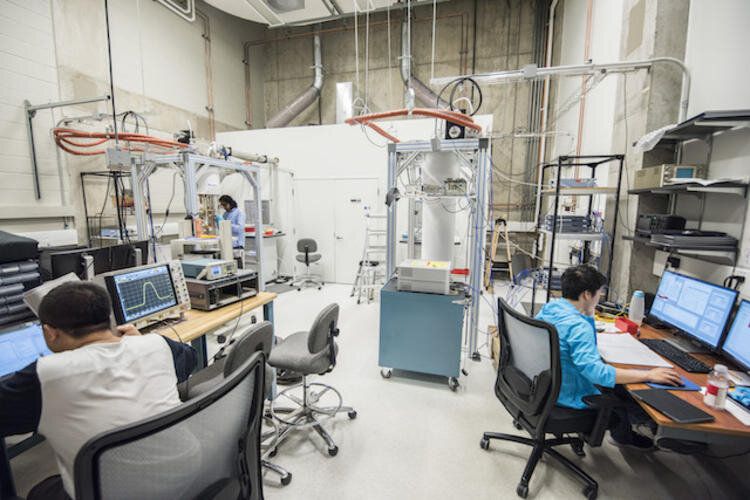
Quantum researchers able to split one photon into three
Researchers from the Institute for Quantum Computing (IQC) at the University of Waterloo report the first occurrence of directly splitting one photon into three.
The occurrence, the first of its kind, used the spontaneous parametric down-conversion method (SPDC) in quantum optics and created what quantum optics researchers call a non-Gaussian state of light. A non-Gaussian state of light is considered a critical ingredient to gain a quantum advantage.
“It was understood that there were limits to the type of entanglement generated with the two-photon version, but these results form the basis of an exciting new paradigm of three-photon quantum optics,” said Chris Wilson, a principle investigator at IQC faculty member and a professor of Electrical and Computer Engineering at Waterloo.
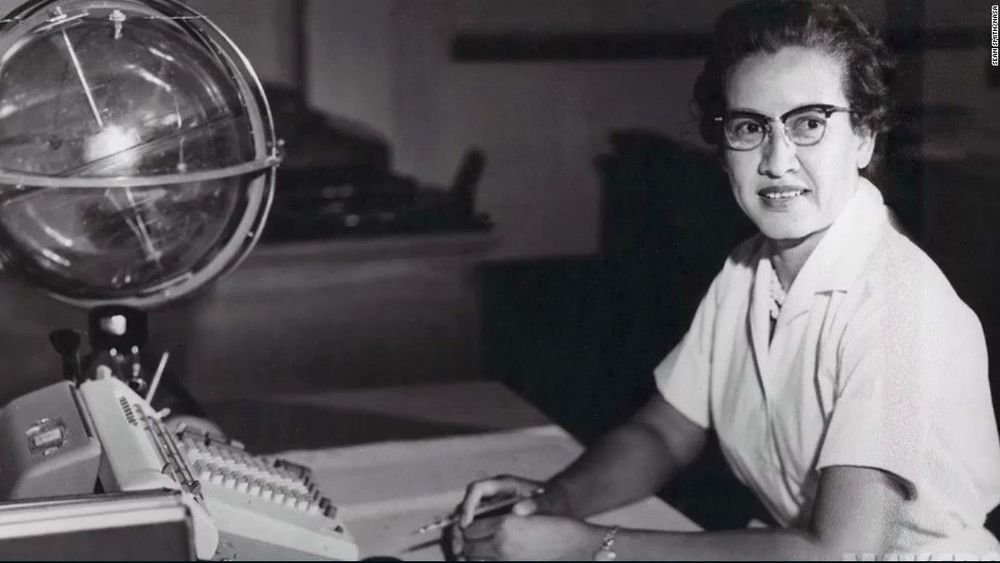
Katherine Johnson, famed NASA mathematician and inspiration for the film ‘Hidden Figures,’ is dead at 101
NASA announced Johnson’s death on Monday.
Johnson was part of NASA’s “Computer Pool,” a group of mathematicians whose data powered NASA’s first successful space missions. The group’s success largely hinged on the accomplishments of its black women members.
Johnson was among a group of black women mathematicians who helped power NASA’s space travel in the early 1960s when the agency was still segregated.
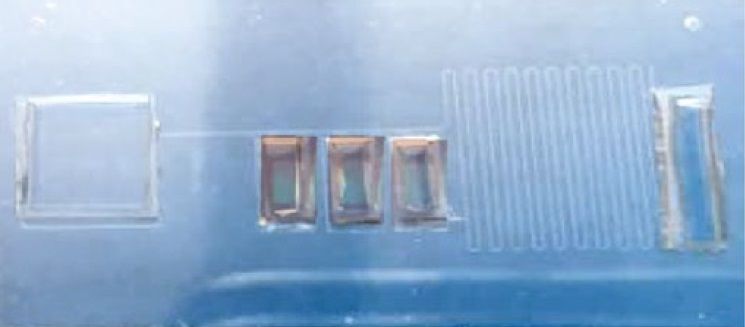
Brain injury diagnosed with a finger prick and an optofluidic chip
Researchers in the UK claim to have developed a microfluidic chip that can rapidly tell whether someone has suffered a traumatic brain injury from a finger-prick blood sample. The optofluidic device detects a biomarker linked to brain injury, based on the way that it scatters light (Nat. Biomed. Eng. 10.1038/s41551-019‑0510-4).
An optofluidic device uses Raman spectroscopy to detect a biomarker in blood associated with traumatic brain injury.
Physicists Foretell Quantum Computer With Single-Atom Transistor
Physicists at Purdue University and the University of New South Wales have built a transistor from a single atom of phosphorous precisely placed on a bed of silicon, taking another step towards the holy grail of tech research: the quantum computer.
Revealed on Sunday in the academic journal Nature Nanotechnology, the research is part of a decade-long effort at the University of New South Wales to deliver a quantum computer – a machine that would use the seemingly magical properties of very small particles to instantly perform calculations beyond the scope of today’s classical computers.
You’ve read your last complimentary article this month. To read the full article, SUBSCRIBE NOW. If you’re already a subscriber, please sign in and and verify your subscription.
Computer modeling brings simple, efficient rocket engine closer to reality
Engineers at the University of Washington are working on a new type of rocket engine that holds the promise of being lighter, more efficient, and simpler to make than conventional liquid-fuel rockets. Called a Rotational Detonation Engine (RDE), one of the biggest hurdles to making it practical is to develop mathematical models that can describe how the very unpredictable engine design works in order to make it more stable.
An RDE is a rocket engine that is similar to the pulse jet engines that powered the infamous German V1 cruise missile of the Second World War, which used a simple combustion chamber with an exhaust pipe at one end and spring-mounted slats on the front face. In operation, air would come in through the slats, mix with fuel, which was then detonated, producing a pulse of thrust. An RDE takes this idea one step further.
“A rotating detonation engine takes a different approach to how it combusts propellant,” says James Koch, a UW doctoral student in aeronautics and astronautics. “It’s made of concentric cylinders. Propellant flows in the gap between the cylinders, and, after ignition, the rapid heat release forms a shock wave, a strong pulse of gas with significantly higher pressure and temperature that is moving faster than the speed of sound.
How Bionic Limbs Are Changing Lives | VICE on HBO
A bionic revolution is brewing, as recent advancements in bioengineering have brought about scientific breakthroughs in rehabilitation for people with disabilities. The most cutting edge research is happening inside the human brain, where implanted technology allows people to communicate directly with computers, using their thoughts.
VICE’s Wilbert L. Cooper travels to Zurich to see the first-ever bionic Olympics and discovers a host of technologies that are expanding what it means to be human.
Check out VICE News for more: http://vicenews.com
Follow VICE News here:
Facebook: https://www.facebook.com/vicenews
Twitter: https://twitter.com/vicenews
Tumblr: http://vicenews.tumblr.com/
Instagram: http://instagram.com/vicenews
More videos from the VICE network: https://www.fb.com/vicevideo
#VICEonHBO

T-MUSIC Selects Performers to Develop Integrated Mixed-Mode RF Electronics in Onshore Foundries
Today’s defense electronics systems rely on radio frequency (RF) mixed-mode electronics – those that integrate RF, analog, and digital circuits onto a single chip – to interface RF signals with digital processors. This technology supports critical communications, radar, and electronic warfare (EW) capabilities, as well as being widely used to support commercial telecommunications. The Department of Defense (DoD) has capability demands that far exceed the requirements of the commercial world in terms of speed, fidelity, capacity, and precision. Current commercial RF mixed-mode systems on a chip (SoCs) are implemented on digital complementary metal oxide semiconductor (CMOS) platforms, a technology that has been used for decades to construct integrated circuits, highly integrated transceivers, microprocessors, and beyond. Despite continued advancement and scaling along the trajectory of Moore’s Law for high integration density, these CMOS platforms are unable to support operations at higher frequencies with larger signal bandwidths and higher resolutions, essentially limiting their use in next-generation mixed-mode interfaces needed for emerging defense RF applications.
To advance RF mixed-mode interfaces beyond current limitations, DARPA established the Technologies for Mixed-mode Ultra Scaled Integrated Circuits (T-MUSIC) program. T-MUSIC was first announced in January 2019 as a part of the second phase of DARPA’s Electronics Resurgence Initiative (ERI). One area of research under ERI Phase II focuses on the integration of photonics and RF components directly into advanced circuits and semiconductor manufacturing processes, enabling unique and differentiated domestic manufacturing capabilities. As such, T-MUSIC will explore the integration of mixed-mode electronics into advanced onshore semiconductor manufacturing processes. The goal is to develop highly integrated RF electronics with an unprecedented combination of wide spectral coverage, high resolution, large dynamic range, and high information processing bandwidth.